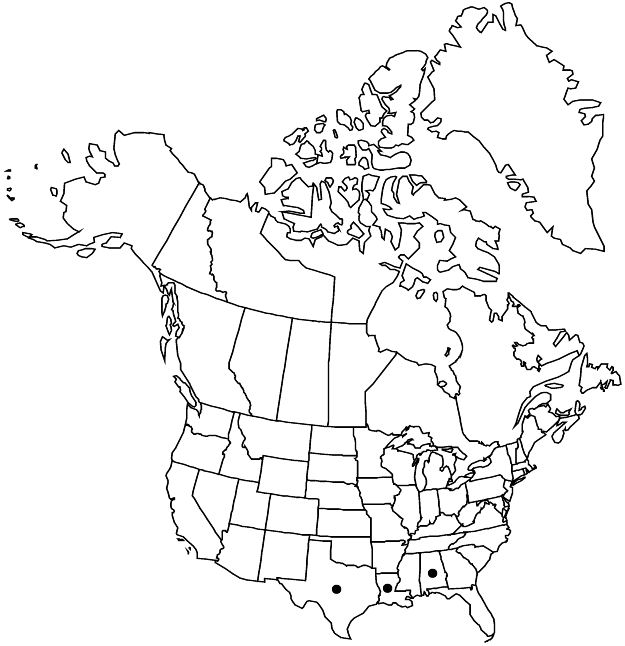Phyllanthus evanescens
Zoë 5: 207. 1905.
Herbs, annual, monoecious, 1–5 dm; branching not phyllanthoid. Stems proximally terete, distally compressed, winged, scabridulous. Leaves distichous, all well developed; stipules auriculate, pale green with pale brown margins; blade elliptic or oblong, 8–20 × 2.5–10 mm, base obtuse to rounded, apex acute to obtuse, both surfaces glabrous. Inflorescences cymules, bisexual, with 1–2(–3) pistillate flowers and 1–3 staminate flowers. Pedicels: staminate 0.5–0.8 mm, pistillate sharply reflexed in fruit, (1–)1.4–1.8(–2.2) mm. Staminate flowers: sepals 5–6, pale brownish green with narrow white margins, flat, 0.5–0.7 mm; nectary extrastaminal, 5–6 glands; stamens 3, filaments connate basally to most of length. Pistillate flowers: sepals (5–)6, green (sometimes tinged pink) with narrow white margins, flat, 0.7–1.2 mm, 1-veined; nectary annular, unlobed. Capsules 2.8–3.2 mm diam., smooth. Seeds uniformly brown, 1.3–1.5 mm, irregularly verrucose.
Phenology: Flowering and fruiting spring–fall.
Habitat: Coastal prairies, mesquite brushlands.
Elevation: 0–200 m.
Distribution

Ala., La., Tex., Mexico, Central America (Nicaragua).
Discussion
Plants from the United States and northeastern Mexico generally have been called Phyllanthus pudens and from the rest of Mexico and Central America P. evanescens. Characters used to distinguish these species (fruiting pedicel length and seed size) overlap broadly and recent authors treat them as synonyms (G. L. Webster 2001; V. W. Steinmann 2007). A report of P. evanescens (as P. pudens) from Arkansas (E. Sundell et al. 1999) is based on introduced plants in a nursery; it does not appear to have become established there. The species is introduced in Alabama, first collected there in 2012.
Selected References
None.